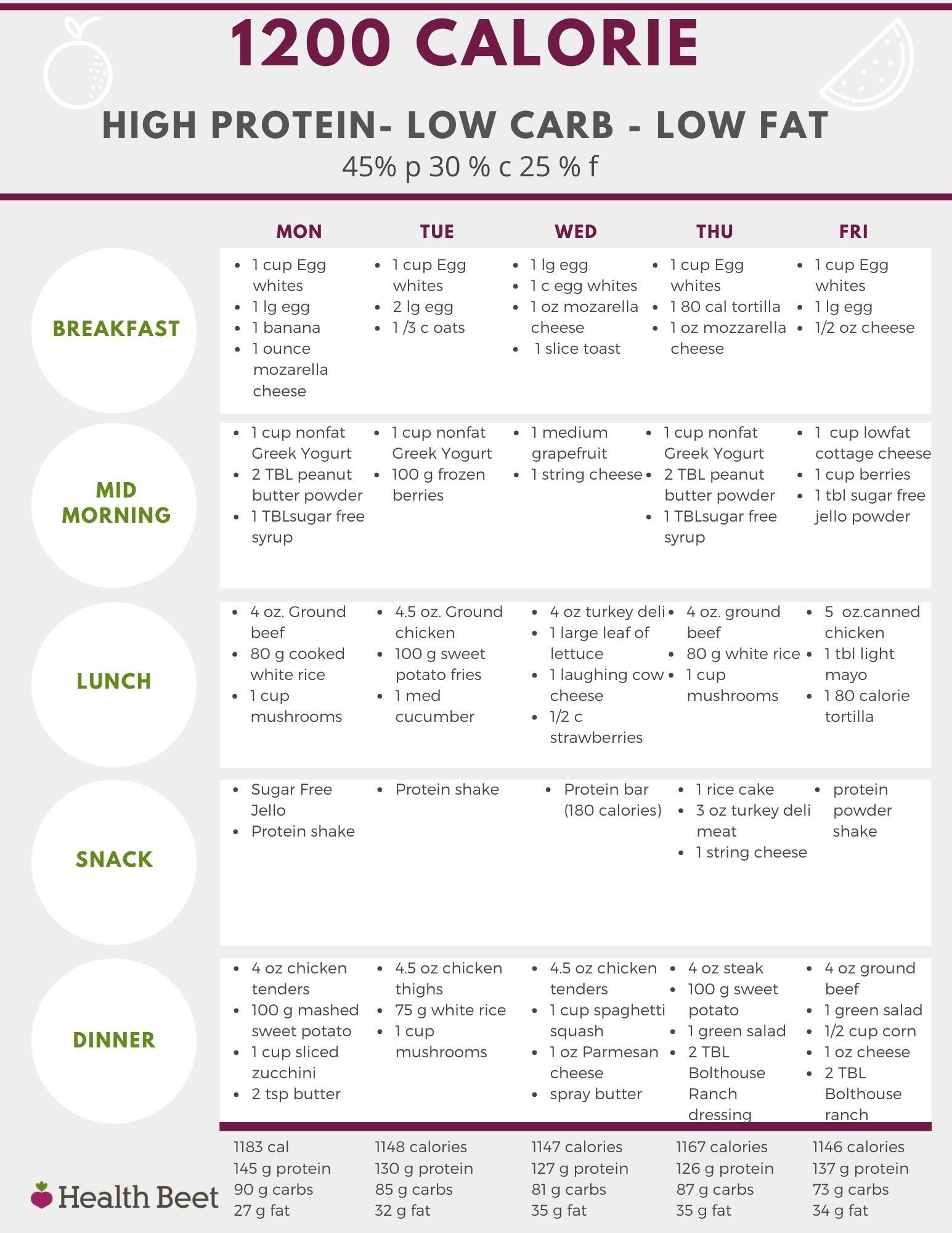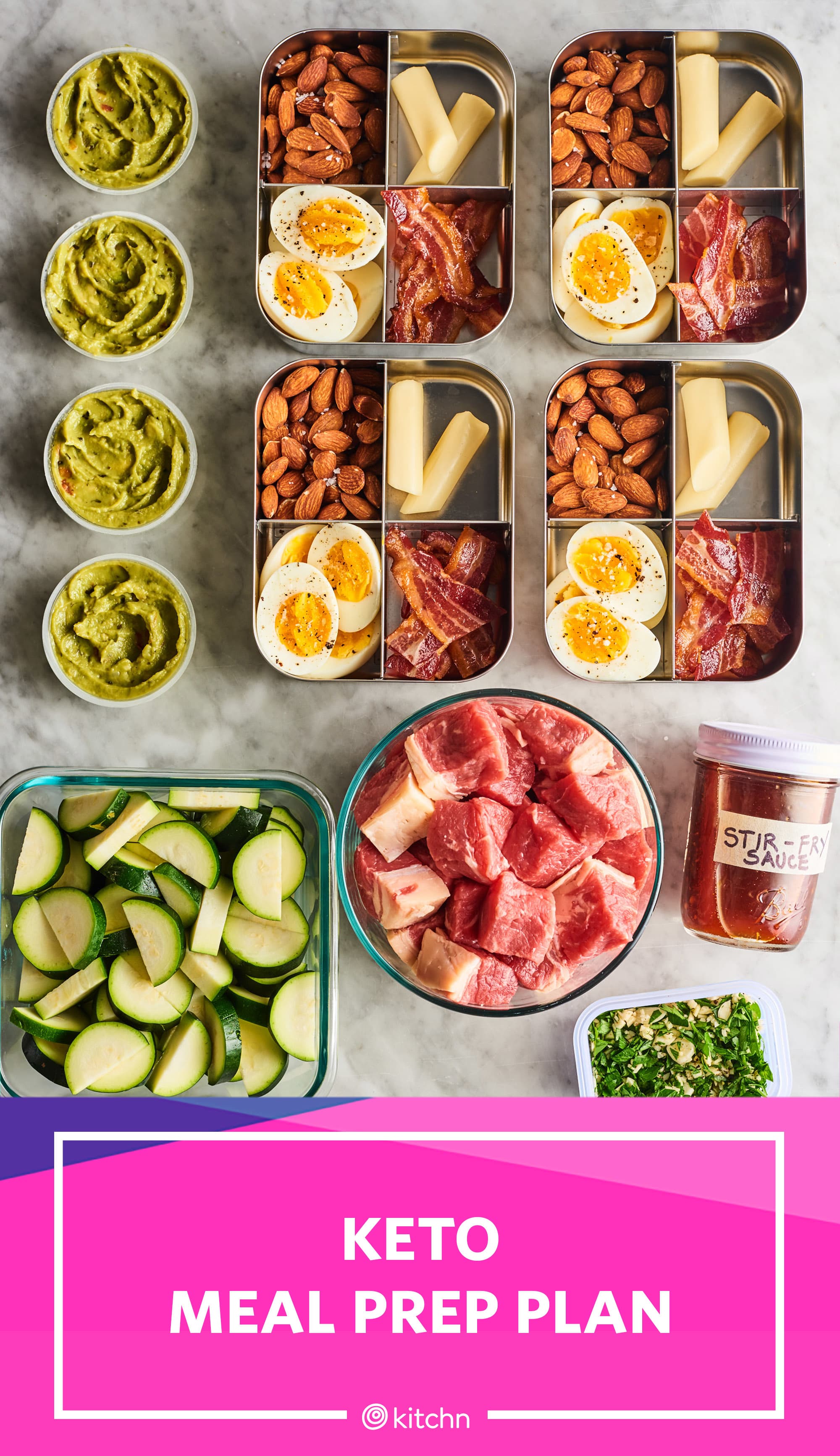
The traditional ketogenic diet was calculated using specific ratios. A common example is the 4:1 ketogenic ratio. This refers the ratio of fat to carbs in a ketogenic meal. It's not surprising, then, that this ratio is commonly associated with better seizure control. It's not clear if this is due to the more realistic diet or because it is more effective in controlling seizures.
This ratio may be better at controlling seizures, according to several theories. One theory says that higher ratios correspond with higher levels Bhydroxybutyrate. It is a metabolic side effect of ketones. Because ketones are more efficient than carbohydrate energy sources, this is why they are so popular. Another theory is that ketogenic meals with lower ratios can have lower rates of adverse side effects and are therefore more tolerable. Lower ketogenic ratios were found to be as effective in controlling seizures, as those with higher levels.

The 4:1 ketogenic ratio is frequently cited as the most important ketogenic ratio. The ketogenic plan is a high-fat, low carbohydrate diet. Most calories should come from healthy oils. It is important to remember that a low-fat, high-carbohydrate diet must be balanced with healthy protein. It is possible to achieve this by eating carefully selected foods.
The best part about the 4:1 ketogenic diet is that it doesn't limit you to only high-fat, low carbohydrate foods. You can now find snack cups that are specifically designed for this type diet. These contain a carefully chosen combination of carbohydrates and protein that is optimized to keep you on track. They can also stay in the refrigerator for easy snacking at work.
The :ratio granola, which contains a mix of almonds, pumpkin seeds, and some sugar, is another big deal. This low-carb snack is high in protein and has KETO* compatibility.
Yoplait's new low-carb yogurt is also available. This new KETO* yogurt can be found in five flavors. Besides being a low-carb snack, it's also low in sugar. It has 1 gram sugar and 15 grams protein. This snack is low in calories and has 6 grams of saturated oil and 2 grams carbs. It's a nutritious snack that has natural flavors and is healthy. Before starting a high fat, low carbohydrate eating plan, it is a good idea consult your doctor. This may mean that you need to adjust your macros for exercise. For muscle building, however it is important to consume as much protein and as many carbohydrates as you can.

You can also enjoy ketogenic eating with :ratio granola or :ratio soft-baked bars. They are fun and delicious and healthy. They're small enough to take with you on the move and are great for snacks. They contain a touch of sugar, but no more than 1 gram, and are gluten free. They are great for keeping your macros in control and can be used in lieu of Greek yogurt.
FAQ
What are the five keys to a healthy diet and lifestyle?
It's likely that you have heard the expression, "You are what you eat." A healthy diet is made up of five key components.
These include eating lots fruits and vegetables and avoiding processed foods.
The first three elements are essential for overall well-being, while the second and third are crucial for maintaining weight control.
You can ensure that these nutrients are consumed by adding them to your daily meal.
Include a variety of fresh produce such as fruit, leafy greens, and whole grains in your diet. These foods contain vitamins C, E, and A which protect against cancer and heart disease.
Avoid processed food, including those containing artificial ingredients and preservatives. This includes chips, soft drinks, candy bars and cookies.
Eight glasses of water daily is a good way to keep your body hydrated. It prevents dehydration and keeps your metabolism in check.
Healthy living is dependent on exercise. If you aren't active, you run the risk for obesity-related conditions like diabetes, heart disease and stroke.
Reduce your alcohol consumption. Alcoholic beverages increase blood pressure, cause headaches and contribute to liver damage.
Follow these guidelines to live a healthier life.
What is the most effective strategy for weight loss and weight maintenance?
While weight loss and weight maintenance strategies look very similar, there are still some differences.
Weight loss refers to losing weight more than it does about maintaining that weight.
The main difference is that you lose weight to lose weight. But, maintaining your weight is what you want.
Both require commitment and discipline. Weight loss requires more effort as you have to do something. Weight maintenance, however, is simpler. After all, you have to stay disciplined.
In both cases you need to ensure you eat healthy foods and that you exercise regularly.
However, weight loss requires you to change your eating habits and exercise regularly to ensure that you lose weight.
Weight maintenance is much easier when you stay disciplined. Regular exercise and healthy eating are essential to maintain weight.
What should you do? The best way to decide is by taking into account your current lifestyle.
If you eat fast food now and then and exercise sporadically, you might benefit more from weight loss.
You might also benefit from weight maintenance if your diet is healthy and you exercise often.
It comes down ultimately to personal preference.
It's important to understand that losing weight doesn't necessarily mean getting skinny.
Being able to lose weight can make you happier, healthier, and more energetic.
For weight loss, change your eating habits, and get regular exercise.
You'll get results faster than you ever thought possible.
What 3 foods should cardiologists avoid?
These three foods are recommended by cardiologists to be avoided because they contain too many cholesterol and saturated fat.
American Heart Association recommends limiting your intake of transfats found as partially hydrogenated oil and margarine. Trans fats increase LDL (bad), and lower HDL levels. High levels of LDL cholesterol are linked to high blood pressure and heart disease.
Consuming high-fat dairy items such as cream cheese, butter or ice cream can raise cholesterol levels. Certain dairy products can cause allergic reactions in some people.
LDL cholesterol levels in saturated fat are higher than those in HDL. Saturated Fat is found in red meats and poultry, full-fat milk products, palm oils, coconut oil, cocoa butter, and other vegetable oils. It can be very harmful if consumed in high quantities.
Your cardiovascular health could be improved by reducing or eliminating animal products.
It is possible to reduce your chances for having a cardiac attack by simply changing what you eat.
It's never too late for you to make positive changes in the way that you live. Before changing your diet, it is important to consult your doctor.
Which breakfast is the best?
It's not easy to find a healthy breakfast. Certain foods are better for your health than others. Let's look at the top foods and discover which are best.
It is important to determine how much fat your body needs each day. This is how you calculate your daily calories. Next, we'll examine the most important nutrients found in food to determine which ones should be your focus.
Next, we will go through the recommended breakfasts and choose the healthier ones. We'll also talk about why these foods might prove more beneficial than other options.
We will then look at the most unappetizing breakfast options and discuss why they are not worth eating.
Let's start by asking the fundamental question: Which breakfast is the healthiest?
This question has many answers. It depends on many factors. Your personality, your lifestyle, whereabouts, children and other factors will all play a part in how you feel.
Here are the top three choices, after taking into account all these factors.
-
Eggs are one whole food that can help you lose weight. They're high in protein, which helps to build muscle and keep your stomach full. Research shows that eggs have a positive effect on weight. You also want to choose organic eggs because they're free of pesticides and antibiotics.
-
Greek yogurt contains five times more protein than regular yogurt. It's a great choice to increase your intakes high-quality protein. Controlling your hunger is important.
-
Oatmeal makes a great snack because it's nutritious and filling. Oatmeal is also high in fiber which slows down digestion and makes you feel fuller for longer. Oatmeal is rich in antioxidants but you probably won’t notice as you’ll likely be drinking coffee and tea alongside it. Both beverages have high levels of caffeine which can reduce the antioxidant benefits of oatmeal.
Let's now move on to the next question. Which breakfast is the most healthy?
Here's the short answer: It depends.
If you're looking for something quick, grab a bagel from the grocery store. Bagels are relatively low in calories and carbs, and they're made mostly of water.
They are also easy to prepare, since they don't require cooking.
Bagels, however, are not healthy for you. Bagels are often associated with weight gain.
Bagels today have a lower sodium content than in the past, but they still contain lots sugar.
You can also grab a muffin from the bakery section of your supermarket. These are usually made with butter and white flour.
Scones and muffins can also be made with nuts or fruit. These muffins and scones could be better options than a simple bagel.
The bottom line is that there isn't a bad choice for breakfast. You should make sure you are not hungry later in day.
How much food do I need every day?
Calorie needs can vary depending upon age, gender, activity level and size as well as overall health.
Adults need between 1,200 to 1,800 calories daily to maintain their weight.
Calories are comprised of carbohydrates (starchy vegetables), protein, fat and fiber.
Carbohydrates consist of glucose, fructose, sucrose. Glucose provides the main source of energy for our muscles. Fructose supplies additional energy to our brains, nervous system and muscles. Sucrose has both glucose and fructose which makes it easier to digest.
Protein is essential for muscle building and tissue repair. Protein can be found in meat, poultry and eggs as well as yogurt, dairy products, soyabeans, legumes, soybeans and some seafood.
Healthy living requires fat. Fat keeps you full longer and provides essential vitamins and minerals such as vitamins A, E, D, K, and B12, omega-6 fatty acids, and monounsaturated fats.
Also, fat helps to protect against cardiovascular diseases, high cholesterol and many other types of cancer.
Some experts recommend consuming no more than 30% of your total calories from saturated fats.
However, there is no evidence that reducing saturated fatty acids will reduce your chance of developing heart disease.
A healthy diet should consist of 20-35% carbohydrates, 10%-35% protein and 35%-50% fat.
What foods can clean your arteries?
Healthy eating habits are the best way for your heart to stay healthy. But what does this actually mean? There are many methods to accomplish this. One way is to eat more vegetables and fruits.
Fruits and veggies are packed full of antioxidants which help protect against disease and improve overall health. Antioxidants can also help prevent cloggedarteries by fighting inflammation.
There are other ways you can reduce your cholesterol. You can lower your chance of suffering from a heart attack by cutting down on saturated fats like butter and trans-fatty acid (found in fried foods).
You can increase your fiber intake, which keeps blood flowing smoothly throughout your body. Fiber also lowers LDL levels -- the bad cholesterol that increases your risk for cardiovascular problems.
Your heart health is not only affected by what you eat. There are many other factors as well. Stress, smoking, obesity and alcohol consumption all play a part in your risk of developing heart disease.
Talk with your doctor to determine how much fiber and other nutrients are necessary for you to avoid developing cardiovascular disease. You might have to take medications or make lifestyle adjustments to remain healthy.
Statistics
- *Note: The 2020-2025 Dietary Guidelines for Americans recommend limiting saturated fat to less than 10% of total daily calories. (mayoclinic.org)
- The ideal amount of protein at breakfast is about 30 grams, according to a 2018 review by nutrition researchers at Purdue University. (prevention.com)
- Trim fat off meat or choose lean meats with less than 10% fat. (mayoclinic.org)
- For example, a review of 45 studies found that people who followed a WW diet lost 2.6% more weight than people who received standard counseling (26Trusted Source (healthline.com)
External Links
How To
Healthy Eating Guidelines For Kids
Healthy children require a balanced diet. Children who eat well have a tendency to be healthier adults. Here are some guidelines that you should follow when feeding children.
-
Sugary drinks should be limited. Sugary beverages contribute more than half of all added sugar intake among kids ages 2-18.
-
Limit juice. Juice is high in empty calories and low nutrition.
-
Avoid fried food. Fried foods are high-in saturated fats.
-
Whole grains are best. Whole grains contain important nutrients such as dietary fibre, B vitamins and magnesium. They also provide protein and zinc.
-
Make sure to eat plenty of fresh vegetables. Fresh fruits, vegetables, and legumes are high in vitamins, minerals, as well as fiber. They also have less sodium than processed and packaged foods.
-
Select lean meats. Lean meats are high-quality and provide high-quality protein without the added fats and calories of fatty cuts.
-
Take care when snacking. Snacks are a great way to add extra calories and unhealthy ingredients into your meals. Many snack products are made with refined flour, hydrogenated oils, artificial colors, and preservatives.
-
Every day, ensure that your child has breakfast. Breakfast is a good way to kick-start your metabolism and give you enough energy for daily exercise.
-
Explore new recipes. Explore new recipes and see what you like. You can change the flavor profile by adding spices or herbs to your dishes.
-
Get active. Being active is an important part in childhood. It improves your mood, memory, concentration, and mood. Exercise is also good for weight control.
-
Get outside. Get outside and enjoy the beauty of nature. Spend your time outdoors hiking, biking and swimming.